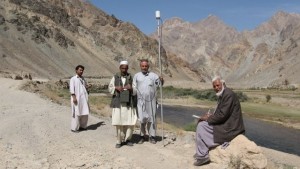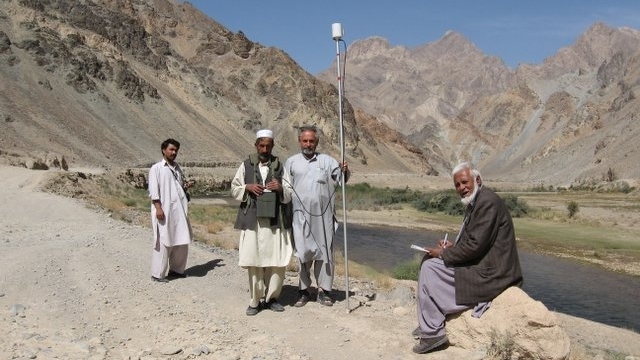
We have all heard about Doctors Without Borders, an organization that sends skilled medical people wherever their urgent help is needed. I guarantee that few of you have heard about Geoscientists Without Borders (GWB), a humanitarian program with similar aims for geologists and their allied specialists. (GWB is not formally connected to Doctors Without Borders.)
No profession is immune to the desire to help—certainly not geoscientists. Seismologists study earthquakes to save lives as well as understand the planet. Volcanologists study eruptions because they're deadly, not just cool. Hydrologists seek safe and sustainable water supplies for all the world's people. And so on. Geoscientists offer not just warm bodies and field skills, but also powerful geophysical technologies: tools using electromagnetic, acoustic or nuclear forces to pierce the Earth's surface and draw data from places we cannot reach.
Geoscientists use these tools routinely for their everyday jobs, whether it's curiosity-driven research or dollar-driven investigations. The chance to do good with their tools is what draws geoscientists to GWB. In addition, GWB projects involve students "to provide opportunities for the future workforce to see the value of geophysics for humanitarian uses and to prepare them with real-world experience."
GWB is not set up for search-and-rescue work. The slower-paced projects it funds have to do with locating groundwater supplies for remote communities, landslide mapping in mountain districts, mapping of deep geology for earthquake preparedness and tracing areas of subsurface pollution. Many projects bring instruments to an area and leave them in the hands of local students who are trained in their use.
All projects are run by nonprofit institutions, mostly universities. They offer great opportunities for, say, supporting a master's project, especially for graduate students with homelands outside the United States. But industry scientists could participate if their company has an affiliated foundation, for instance. GWB's initial funding in 2007 came from the exploration giant Schlumberger, and it is run by the Society of Exploration Geophysicists Foundation. This month, the prestigious Geological Society of America joined GWB as a supporter. GWB has a Facebook page too.
